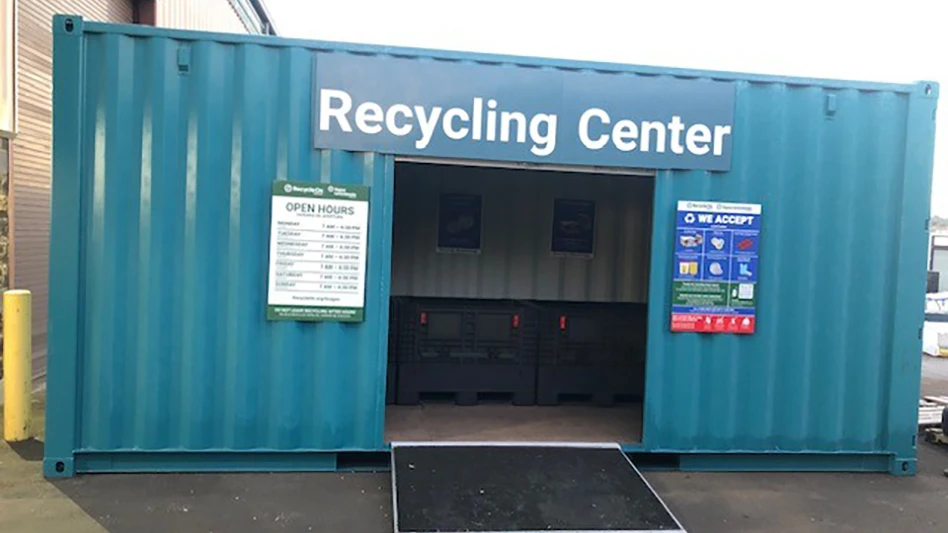
Forecasters and analysts are predicting the price of copper will rise this year and possibly through the rest of the decade, citing global supply limitations and increased demand.
The research arm of New York-based Citigroup and the investment news website SeekingAlpha.com are expressing bullishness as of February 2017 about the future price of copper.
According to an online report from CNBC.com, analysts with Citi Research have cited copper export restrictions in Indonesia and labor-management issues in Chile as two reasons for near-term supply constraints.
The Citi researchers also are bullish on China’s ability to keep consuming copper, saying “stronger than expected Chinese demand” is likely to be another factor that will be “spurring a [copper] supply deficit for much of the next five years.”
Should the two copper mining problems carry on and if China’s demand holds up in 2017, Citi Research forecasts annual copper supply will move into a deficit situation in 2017. That would mark the first annual copper supply deficit in six years, according to CNBC.
A commodities pricing slump in 2014 also played a role, say the Citi Research analysts, since it dried up investments in new mining projects, which has served to place limits on new supply.
An analysis posted to the SeekingAlpha.com website says that as of Feb. 20, 2017, copper prices have already risen by 28 percent in the previous 12 months.
The analysis points to the same supply restrictions and also to an anticipated announcement of “huge infrastructure plans” in the United States courtesy of the Trump Administration and Congress.
Like the Citigroup researchers, the Seeking Alpha authors also express optimism that China’s economic growth can continue. “Recent data out of China reveals that banks extended $295 billion worth of new yuan loans in January [2017],” they write. “This is the second-largest volume of new lending since records began, with the majority of the cash understood to have fallen in the hands of manufacturers. If this proves to be the case, then it appears to be very likely that demand for base metals will continue to strengthen.”
Not all economic forecasters are as bullish on China’s economy. A Feb. 20, 2017, analysis posted to MarketWatch.com expresses concern that the nation’s economy is close to “unraveling.”
“China has a total debt-to-GDP ratio of close to 400 percent if one includes the infamous unregulated shadow banking system that is habitually omitted from official statistics,” writes institutional investor Ivan Martchev on MarketWatch. “If Chinese GDP continues to slow and total credit in the economy continues to surge, then the Chinese economy will in effect be running as fast as it can just to stand still. An acceleration in borrowing with a slowing economy is the classic definition of a burst credit bubble,” he adds.
Concludes Martchev in his column, “I am not sure if 2017 will be the year when the wheels come off the wagon in China, but I have seen increasing evidence of my credit-bubble theory coming to fruition and the economic repercussions likely to follow.”
Latest from Recycling Today
- US Steel to restart Illinois blast furnace
- AISI, Aluminum Association cite USMCA triangular trading concerns
- Nucor names new president
- DOE rare earths funding is open to recyclers
- Design for Recycling Resolution introduced
- PetStar PET recycling plant expands
- Iron Bull addresses scrap handling needs with custom hoppers
- REgroup, CP Group to build advanced MRF in Nova Scotia





